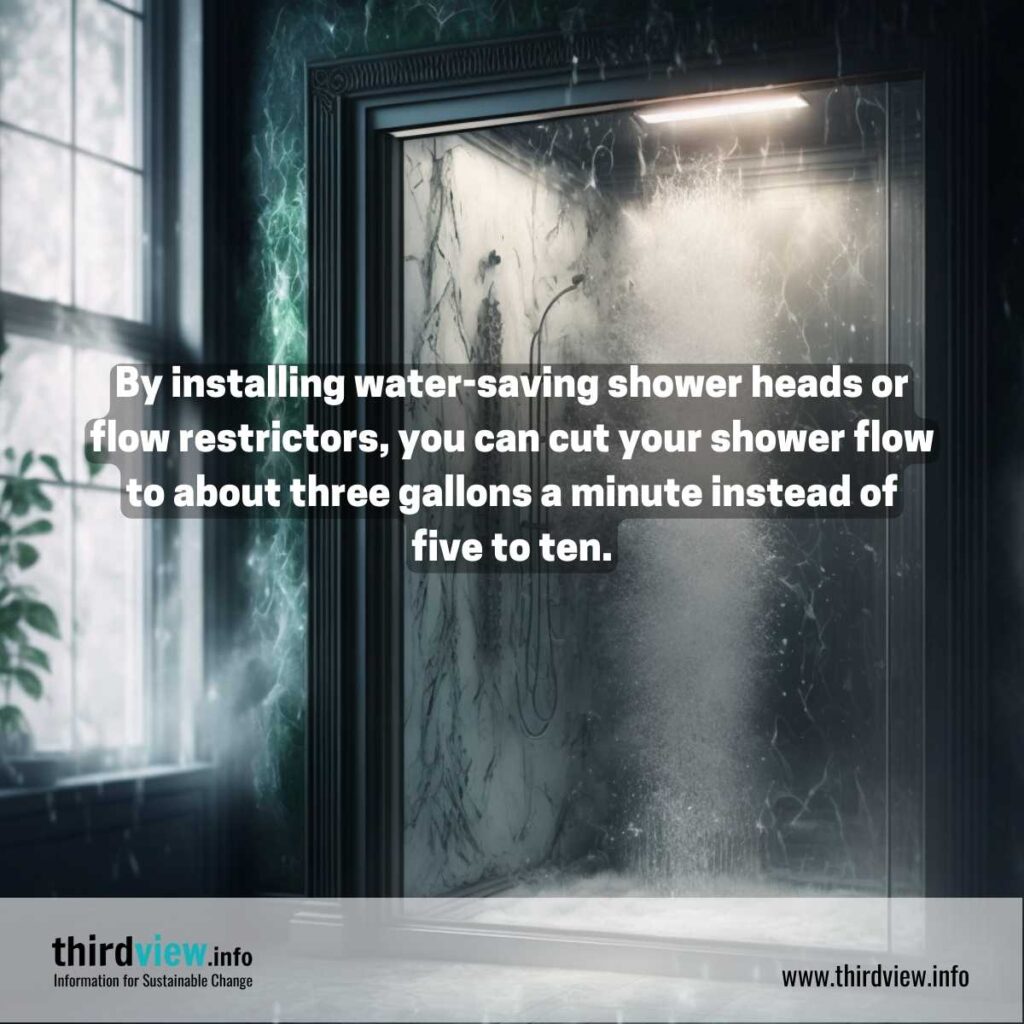The Best Guide To Reclaim Waste
More About Reclaim Waste
Table of ContentsNot known Incorrect Statements About Reclaim Waste Getting My Reclaim Waste To WorkNot known Incorrect Statements About Reclaim Waste 10 Simple Techniques For Reclaim WasteSome Ideas on Reclaim Waste You Should Know
Residential sewer waste refers to the waste and items from a domestic septic storage tank. The proper monitoring and disposal of domestic sewage waste require fluid waste to be moved to a sewage therapy plant where the correct approaches and devices are used to purify and dispose of waste.
Business waste commonly includes potential risks, such as combustible materials or a mix of fluid and strong waste products, and requires a much more advanced and comprehensive disposal process. The disposal of commercial waste commonly involves the filtering of waste prior to transport to make sure safe and appropriate disposal. Hazardous waste is produced from byproducts and runoff of commercial processes and production.
This type of waste can not make use of the same sewage management transportation or procedures as septic or industrial fluids. The hazardous waste monitoring procedure needs the inspection and testing of liquid waste prior to it undertakes the disposal procedure (industrial wastewater treatment). Drainage waste is the liquid waste that comes from runoff and excess stormwater in extremely booming locations or cities
Runoff waste can cause contamination and flooding if not dealt with appropriately. Guaranteeing proper waste management can protect against calamities and minimize environmental damage.
The Single Strategy To Use For Reclaim Waste
Call PROS Solutions today to learn concerning our waste administration and disposal services and the appropriate means to take care of the liquid waste you create.
(https://www.blogtalkradio.com/reclaimwaste1)Do you recognize what occurs to your water when you end, purge the commode or drain the washing device? No? Well, it's worth understanding. This so-called 'wastewater' is not only a vital source however, after treatment, will certainly be released to our land, waterways or the sea. Used water from commodes, showers, bathrooms, kitchen area sinks, washings and industrial processes is referred to as wastewater.

water made use of to cool machinery or clean plant and tools). Stormwater, a kind of wastewater, is overflow that moves from agricultural and city locations such as roofings, parks, gardens, roads, paths and seamless gutters into stormwater drains pipes, after rainfall. Stormwater moves unattended straight to regional creeks or rivers, eventually reaching the sea.
Reclaim Waste Can Be Fun For Anyone
In Queensland, the majority of wastewater is treated at sewage therapy plants. Wastewater is delivered from residential or commercial sites through a system of sewers and pump terminals, recognized as sewage reticulation, to a sewer treatment plant.
The Department of Natural Resources encourages city governments about handling, operating and preserving sewage systems and therapy plants. In unsewered locations, regional federal governments may need owners to install individual or house sewer treatment systems to deal with domestic wastewater from toilets, cooking areas, bathrooms and laundries. The Division of Natural Resources authorises making use of house systems when they are proven to be efficient.
In some brand-new class, treatment of some stormwater to get rid of trash, sand and crushed rock has actually begun using gross toxin traps. Wastewater therapy occurs in 4 stages: Gets rid of solid issue.
Wastewater after that streams right into huge storage tanks where solids settle and are gotten rid of as sludge. Grease and residue are skimmed from the surface area. Uses small living organisms referred to as micro-organisms to damage down and get rid of continuing to be dissolved wastes and fine fragments. Micro-organisms and wastes are included in the sludge. Removes nitrogen and phosphorus nutrients that might cause algal blooms in our waterways and threaten marine life.
Little Known Questions About Reclaim Waste.
Nutrient elimination is not offered at all sewer therapy plants since it needs costly specialist devices. Clear liquid effluent produced after treatment may still include disease-causing micro-organisms - liquid waste disposal.

This usually means wastewater has to be dealt with or impurities eliminated before it can be discharged to rivers. A lot of wastewater flows into the sewerage system. Under the Act, city governments carry out authorizations and permits for ecologically relevant tasks (Periods) including wastewater releases that could have a regional effect. The department carries out approvals and licences to Ages involving wastewater launches that could have a regional or statewide effect.
Things about Reclaim Waste
Tracking gives valid information about water high quality and can verify that permit conditions are being satisfied. The details gotten through tracking supplies the basis for making water high quality choices.